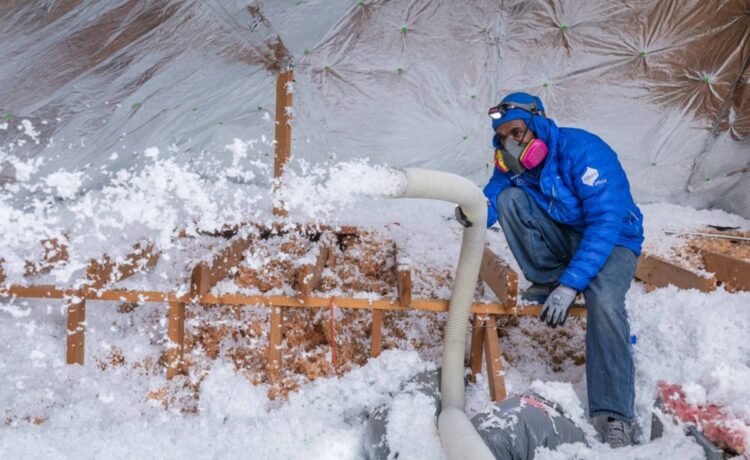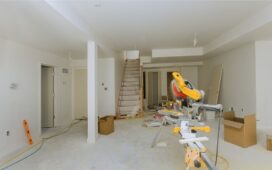It’s easy for hot air to stay trapped in your attic — or worse — escape through unseen cracks, causing your HVAC system to run at a higher rate to maintain temperatures throughout the rest of your home.
If you’re contemplating attic improvements, be sure to check out Power’s attic insulation offerings.
To help you save on utility bills and double down on energy efficiency, here are six key attic upgrades to consider:
1. Add Air Seals
One of the simplest upgrades is to install air seals around any openings or gaps between your living space and the attic floor, including around lights and vents. You may also want to add a hatch cover or blanket for attics with pull-down stairs and use door draft stoppers for attics with walk-up steps.
2. Check Fan Output
Ensure that all bathroom vents and exhaust fans are directed outside rather than into the attic. This practice helps prevent mold growth and prolongs the lifespan of your roof.
3. Prioritize Proper Ventilation
Effective ventilation allows heat and humidity to escape from the attic, reducing moisture buildup. While installing an attic fan can be beneficial, soffit or rafter vents are even more efficient. Make sure these vents are located under the eaves of your house, with the exhaust positioned at or near the ridge. This setup allows cooler air to flow into the attic, helping to regulate its temperature.
4. Install Radiant Barriers on Rafters
Radiant barriers are foil-based materials that reflect radiant heat and minimize hot air transfer. You can think of them as mirrors that deflect heat away from your living space.
5. Include Baffles
Insulation works by creating air pockets between layers of material. Adding baffles, or rafter vents, directs fresh air into the attic while maintaining a space between the insulation and the roof decking. This creates a pathway for air to flow from your exterior soffit vents into the attic.
6. Use Proper Insulation
Installing loose-fill insulation using the blown-in method ensures that fiberglass spreads out and fills any gaps in the attic effectively. Always check that your insulation meets local building code requirements and the appropriate R-value, which measures your insulation’s ability to resist heat flow. Most attics should be insulated to an R-38 rating, though this can vary by state.
When in Doubt, Call in the Pros
Upgrading your attic can be challenging and potentially hazardous to handle on your own. Hiring a qualified professional ensures the job is done correctly and thoroughly, leading to reduced energy consumption, lower utility bills, and a longer-lasting roof.







